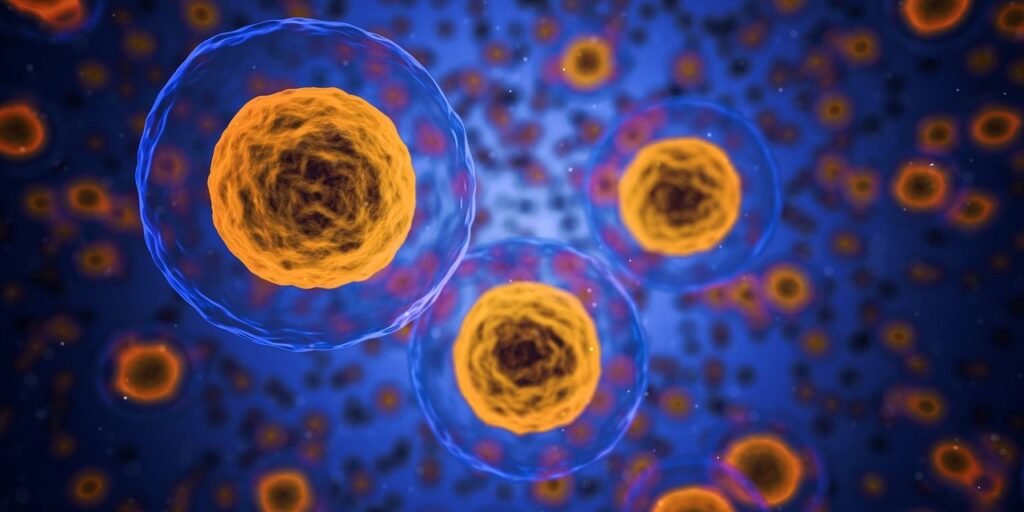A new drug developed by researchers at Washington University School of Medicine in St. Louis is currently being tested in mice against several cancer types, and the first results are very hopeful.
The drug induces cell autophagy by mimicking the beneficial effects of fasting. This happens by the drug breaking down arginine in the blood, an amino acid that deprives cancer cells of fuel. When fasting, the body does the same thing, so it’s like fasting while eating normally.
This state forces the cells to look inward for energy that will keep them going. During this process, the cells clean their internals while searching for little crumbs of energy, essentially breaking down, recycling, and ejecting problematic remnants that have accumulated with time.
Moreover, since cancer cells rely on these remnants to steal them from healthy cells and continue their growth, there is nothing for them to eat when the body is in this peculiar metabolic state.
This is precisely why the drug is being tested against sarcoma, breast, liver, and pancreatic cancers, but it’s also considered beneficial in cases of obesity, insulin resistance problems, high cholesterol, and fat buildup in the liver.
During tests on mice, the researchers discovered that those administered with the drug lost 25% of weight even when on a high-fat, high-sugar diet. However, human trials haven’t begun yet, and there’s a big question around the drug’s safety on that front.
As the scientific team that develops this novel drug explains, it’s not a small molecule that is safe to take for prolonged periods of time. Instead, it’s a protein, so there’s a chance that patients may develop an immune response to it or similar proteins over time.
However, the researchers believe it could be safely used in treatments that last a few weeks or a couple of months, with an intermission between therapeutic seasons if needed.
Image Source: Pixabay
Article Source: MedicalXpress






